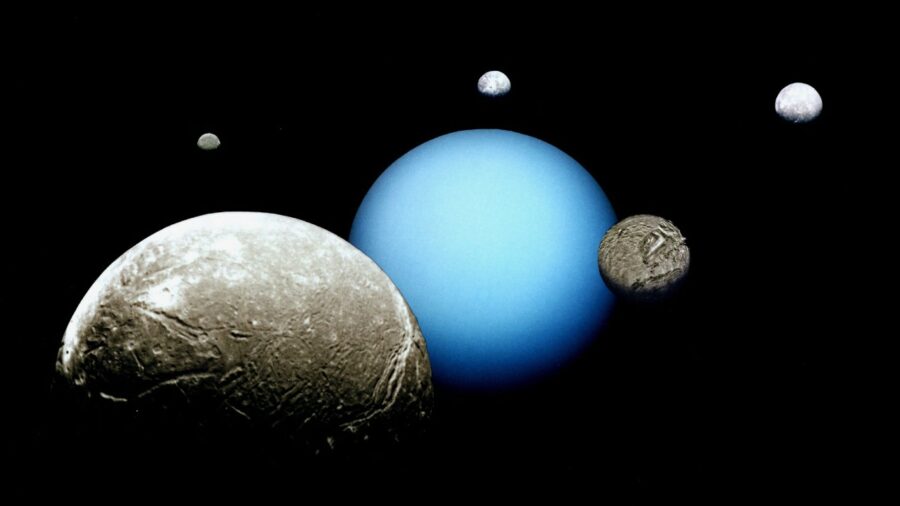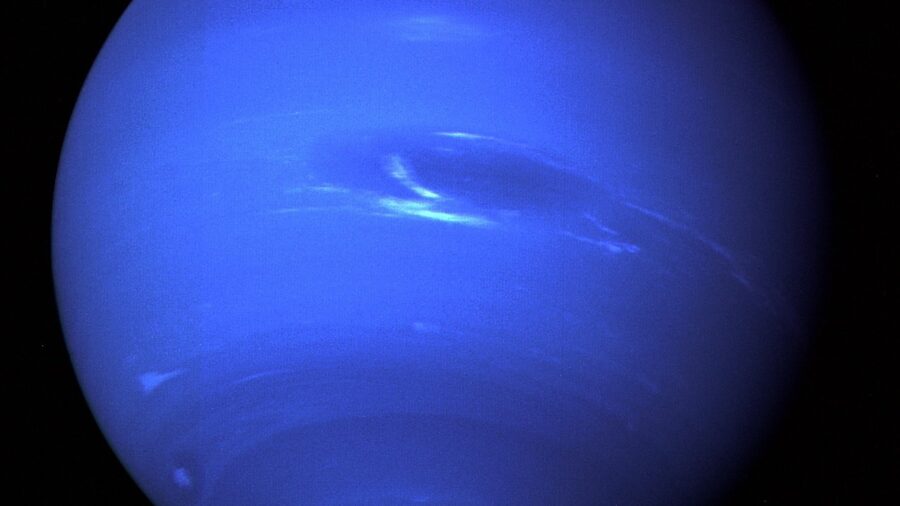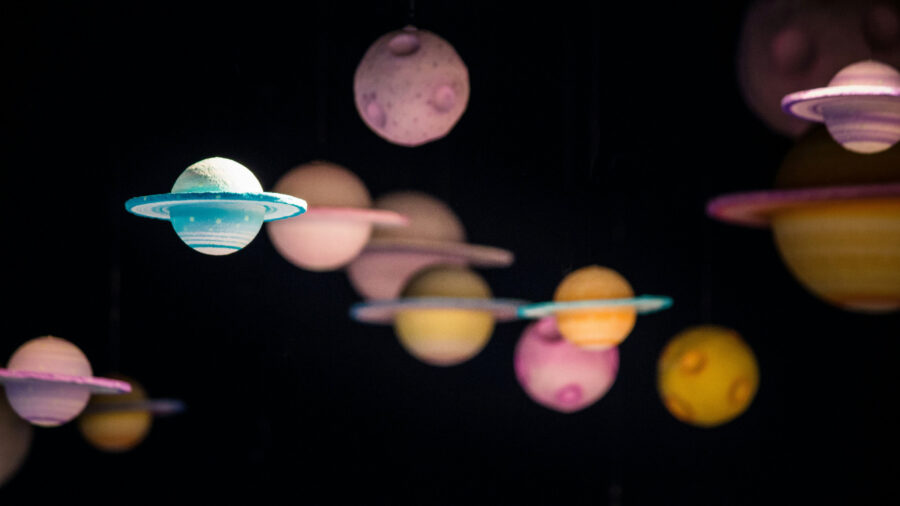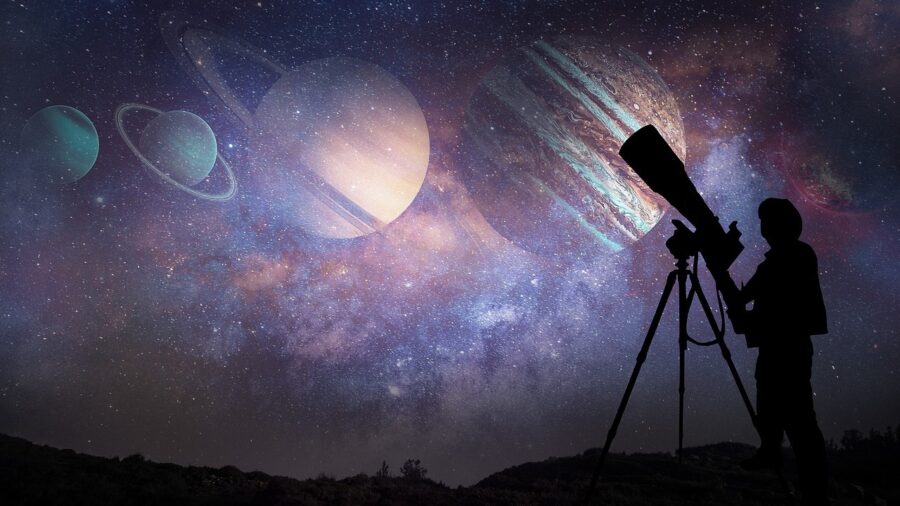Uranus Reveals Surprising Gassy Secret

Astronomers believe Uranus might contain significantly more methane than previously assumed. Uranus and Neptune are called ice giants because they mostly contain “icy” stuff like water, methane, and ammonia around a hot, rocky center. One reason scientists believe this is because the area where they formed probably had many of these ingredients.
Probing For Answers

As such, they expect these planets to contain plenty of water and ice. “The first models of Uranus and Neptune were constructed based on the premise that they were formed in the outer parts of a primitive proto-planetary nebula, where the elemental abundances were considered solar,” the non-peer-reviewed paper explains.
“Thus, assuming chemical equilibrium, early studies used calculations of the expected relative molecular abundances to gauge the potential composition of the planets that formed in this region,” the paper continues. Interestingly, NASA hasn’t shown much interest in Uranus, and only one probe, Voyager 2, has visited the planet.
A Side-Quest To Neptune

Voyager 2 then went on to Neptune, giving scientists better views of both planets than telescopes on Earth and in space can provide. When the models of Uranus and Neptune were compared with the limited close-up observations, the findings were consistent. However, an astronomical puzzle regarding composition still needs to be solved.
Objects in the Kuiper Belt have lots of organic-rich materials but are low in water, suggesting that Uranus (and even Neptune) should have more of these materials than ice. Scientists believe that previous models match observations due to two possibilities. Either material low in ice content can transform into planets rich in ice, or a new model with a rockier core is needed.
An Organic Outlier

The team created thousands of models to explore this theory, adjusting the initial chemical compositions until they resembled Uranus and Neptune in mass and structure. The best-fitting models showed that the planets’ interiors contained at least 10 percent methane. The methane content could be over 20 percent in models with a higher water-to-rock ratio, making the gas more abundant.
The team noted that methane isn’t typically abundant in our present-day solar system and usually exists in very small amounts compared to water. They proposed that organic-rich refractory materials, found plentifully in outer solar system planetesimals, could trigger chemical reactions in the atmospheres of Uranus and Neptune during their formation stages, leading to the production of more methane.
When Worlds Collide

The dense methane layer probably developed through chemical reactions as carbon-rich planetesimals collided with the forming planet, where carbon reacted with hydrogen under extreme heat and pressure. While the study helps shed light on how an ice-rich planet formed within a region of our solar system dominated by objects lacking water, further observations of Uranus and Neptune are necessary.
Unlike Jupiter and Saturn, which are predominantly composed of hydrogen and helium, Uranus contains only a small portion of these light elements. As noted in the study, the planet’s core is rocky, while its mantle is made up of icy water, methane, and ammonia. The atmosphere of Uranus is different from its bulk composition, consisting mainly of molecular hydrogen and helium.
A Unique Angle To Consider

Methane is the third-most abundant component, giving the planet its distinctive color. Trace amounts of various hydrocarbons, such as ethane and acetylene, are also found in the stratosphere and produced from methane by photolysis induced by solar ultraviolet radiation. Uranus’ unique tilted rotation is believed to result from a collision with an Earth-sized object or several more minor impacts early in its history.
Its 98-degree orientation affects everything from its seasons to atmospheric dynamics, with the Sun shining directly over each pole for nearly a quarter of each Uranian year.
Source: arXiv












